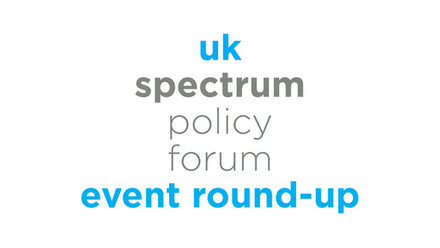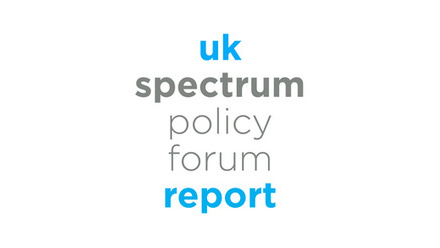DSIT Publishes Regulatory Spectrum Sandboxes reports
The Regulatory Spectrum Sandboxes were a 12-month, £5 million initiative funded by DSIT to explore innovative spectrum sharing. Led by Real Wireless, Durham University, and Queen Mary University of London, the projects brought together industry and academia to test how different spectrum systems could coexist.
The initiative focused on three key areas:
- Practical Testbeds: collecting real-world data to compare traditional and intensive spectrum sharing.
- Simulation & Modelling: evaluating sharing solutions across various conditions and technologies.
- Economic & Regulatory Assessment: analysing the value of sharing and proposed supportive regulatory tools.
The goal was to enable more efficient use of spectrum, supporting future connectivity and economic growth by addressing increasing demand on this limited resource.
Find here a round-up and slides from the workshop held by the UK SPF to update industry and stakeholders on the sandbox findings.
Findings on the potential of spectrum sharing
The QMUL Spectrum Sandbox explored the feasibility and benefits of implementing Dynamic Spectrum Access (DSA) in the UK’s Local Access Licence (LAL) and Shared Access Licence (SAL) frequency bands. DSA enables short-term, flexible spectrum assignments through an automated system known as a DSA Server, significantly reducing the time and complexity involved in accessing spectrum. This approach contrasts with the current system, where spectrum assignments can take weeks or months.
In terms of implementation, the final report proposes a new licensing framework. This would involve the creation of new licence types, which would allow users to operate in the requested bands once they receive a spectrum assignment from a DSA Server. This framework envisions multiple DSA Servers operating in a competitive market, designated by Ofcom through a contracting process.
The Durham University-led consortium presents an economic assessment of spectrum sharing in the Upper 6 GHz band and lower frequency bands (e.g., Band III and n77). The study evaluates the potential benefits of allowing mobile and Wi-Fi services to share spectrum in high-density urban environments and enabling more flexible access to lower frequency bands in underserved rural areas. Highlighting the growing demand for wireless connectivity and the limitations of current spectrum allocation models.
In terms of implementation, the sandbox models several scenarios: exclusive allocation of the Upper 6 GHz band to either mobile or Wi-Fi, and a shared spectrum scenario. It finds that spectrum sharing generally delivers the highest net economic benefit, particularly in dense urban areas, by reducing infrastructure costs and improving service quality. For rural and underserved areas, the study assesses the impact of permissive licensing in lower frequency bands. It concludes that flexible access to Band III and n77 could generate significant benefits—up to £300 million in net present value—by enabling smaller providers to serve areas that are currently uneconomical for major mobile network operators.
The third consortium led by Real Wireless focuses on two primary technology pairs tested in field trials—mobile and Wi-Fi sharing in the upper 6 GHz band, and private mobile networks (PMNs) in the upper n77 bands. The objective is to assess the economic value of more intensive spectrum sharing and inform future regulatory and policy decisions.
The project includes field trials, simulations, and economic and regulatory assessments. The report evaluates the benefits and costs of enabling different technologies to share spectrum bands, using interference tolerance and data-sharing as a measure to evaluate the potential of spectrum sharing between services. It also considers the implications of interference mitigation strategies, such as cross-technology signalling (XTS), and the potential for automated spectrum access systems.
Conclusion
The UK’s Spectrum Sandbox programme has demonstrated that smarter, more flexible use of radio spectrum—our invisible infrastructure for wireless communication—can unlock significant economic and societal value. Through a series of real-world trials, simulations, and economic assessments, the programme explored how different technologies like mobile networks, Wi-Fi, private 5G, and even satellite services can safely share the same spectrum bands.
Contact us

Sophie Greaves
Sophie Greaves is Associate Director for Digital Infrastructure at techUK, overseeing the Communications Infrastructure and Services Programme at techUK, and the UK Spectrum Policy Forum.

Phil Reid
Phil is acting Head of Telecoms and Spectrum policy at techUK, where he leads the Communications, Infrastructure and Services Programme. This focuses on promoting the benefits and innovations of connectivity and tackles the barriers of digital infrsatructre rollout.

Tales Gaspar
Tales has a background in law and economics, with previous experience in the regulation of new technologies and infrastructure.

Josh Turpin
Josh joined techUK as a Programme Manager for Telecoms and Net Zero in August 2024.




